It’s Friday morning; you hop into your car. Groggy from a full week of work, you don’t give any thought to your engine as you insert your key and crank it. In fact, you usually never give it a second thought (unless it doesn’t turn on—then it gets your full attention). But, it deserves more. After all, ignition systems are responsible for the spark that gets your vehicle moving. Let’s break down the different types of car ignitions and how they work.
Parts and Process of Car Ignition Systems
A car’s ignition system is responsible for the fire—the spark—that gets your car’s engine running. Without, this spark, your car would never ignite—leaving it powerless.
Car ignitions serve two primary purposes:
- create a large enough voltage to project across the gap of a spark plug and strong enough to ignite combustion mixtures of fuel/air
- control the timing so the spark occurs precisely when it can ignite
Different Types of Car Ignition Systems
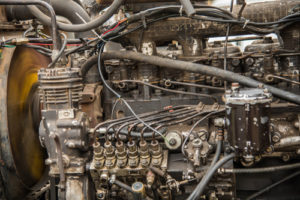
There are three to be exact. While achieving the same result (a running car), they all work differently, using different parts and methods.
Conventional Distributor Ignition System
Don’t let the name fool you; these car ignitions are old school and uncommon in modern vehicles.
With these systems, the gears connect to the main distributor shaft, spinning it. Inside, “ignition points” rub the cam on the shaft. Simultaneously, the cam opens and closes like a mechanical switch controlling the flow of power to the ignition coil. Once the coil generates enough voltage, it travels to the top to the distributor cap. A rotating disc distributes the power to the spark plug wires.
Distributer system’s shortcoming? The constant friction. Ignition points required replacement often after changing spark timing and messing up the system’s efficiency and ability to generate power.
Electronic, Distributor Ignition Systems
A modification of the conventional system, the electronic systems still uses a distributor, but not ignition points. Instead, a pickup coil used with an electronic control module generates and transfers energy to create the needed spark. This type of system is shared outside of the automotive industry, being found lawnmowers, chainsaws, leaf blowers and other small motors.
Electronic systems are the reliable, long-lasting answer to conventional systems’ flaws, often lasting upwards of 25,000 miles before they need servicing.
Distributor-Less Systems
The newest system to hit the market—and the longest lasting with boosts of 100,000 miles before their first tune-up.
Unlike the other two systems, coils sit on top of the spark plugs, which have no wires. The system is controlled electronically from start to finish by the car’s computer. The two coils “talk” via the computer system, each generating a spark when needed.
The distributor-less system answered the problem of new vehicles’ leaner fuel combinations. With the ability for each coil to act, a stronger voltage occurs creating the hotter spark needed to ignite the more modern fuel mixtures.
The car industry is forever changing, developing faster and sleeker cars. Understandably, the parts and systems improve as well—including cars’ ignition systems. Think yours needs a tune-up? Not getting the spark you use to have? Call Northwest Auto Center of Houston today at 281.894.8880.



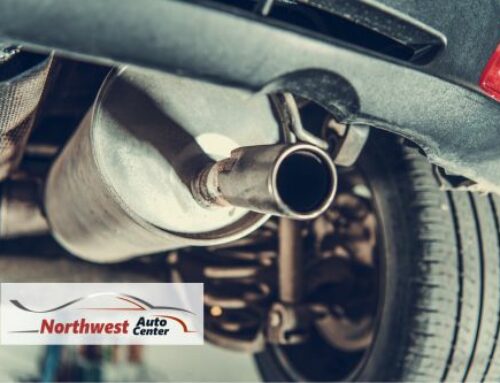
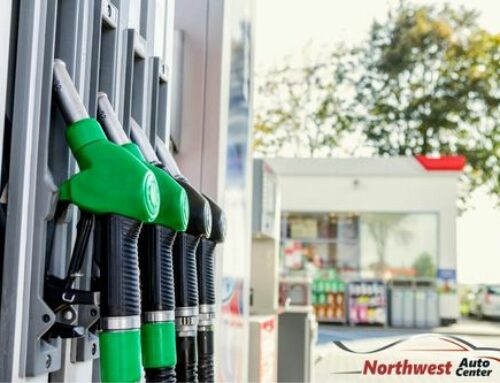
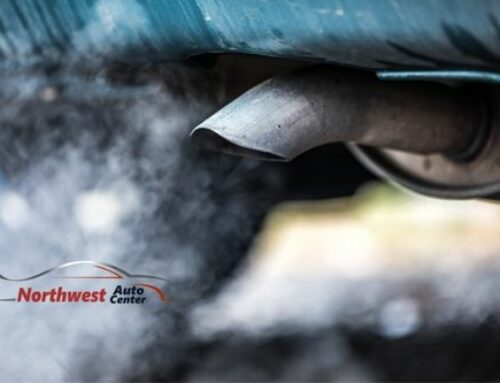
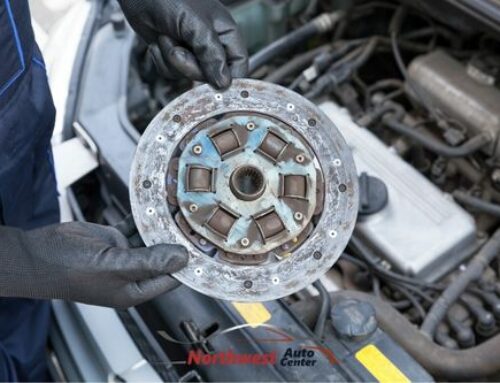
Leave A Comment
You must be logged in to post a comment.